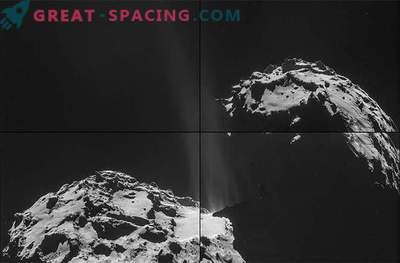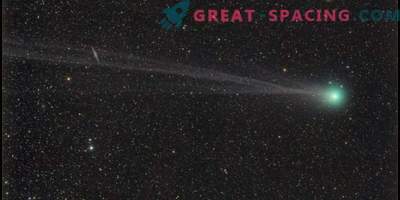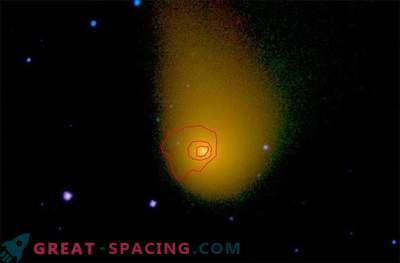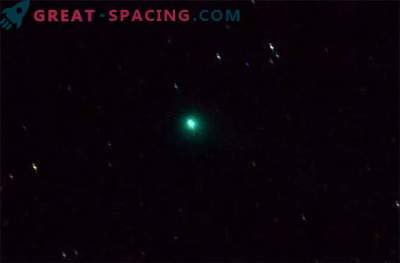
Between the comet and Mars there will be a closest convergence in history on the next weekend, and NASA is striving to be ready for this important event. The American Space Agency has prepared its equipment for the comet Siding Spring. It will be held at a distance of 139500 km from Mars on October 19. NASA orbiters and rovers will study the comet and its influence on the atmosphere of Mars.
Why the approach of Mars and the comet will be amazing
“On October 19, we are going to observe an event that probably happens once a million years,” said Jim Green, head of NASA's planetary research, during a press conference on October 9. - “We are preparing for serious observations.”
Comet visiting us for the first time
Comet Siding Spring (its other name is C / 2013 A1) was discovered in 2013 by Rob McNaught (astronomer at Siding Spring Observatory, Australia). The comet will pass for the first time through the inner solar system from the distant cold cloud of Orta. The distance from it to the Sun is about 50,000 astronomical units (for reference, one astronomical unit is 150 million km). Since Siding Spring has never been affected by heat, the comet probably remains almost unchanged since its formation 4, 6 billion years ago, the researchers say. Consequently, the study of its properties and composition should contain information about the conditions that were at the birth of the solar system.
Preparing for an exciting rapprochement
Padma Yanamandra-Fisher, a senior researcher at the Space Sciences branch in Rancho Cukamonga, California, noted that comets are traces of the formation of the solar system, which is why they are so carefully studied. Hubble, Spitzer, Swift and Neowise observational data about Siding Spring have already been obtained. For example, scientists believe that the diameter of a comet's core is in the range of 0, 8 to 8, 0 km, the comet's tail is 480,000 km long, and the gas cloud surrounding the core is about 160,000 km wide.
The most interesting is waiting for October 19th. NASA's orbiters, the Mars Reconnaissance Orbiter, Mars Odyssey and the newly arrived MAVEN spacecraft, will observe Siding Spring from space, and the Opportunity and Curiosity rovers from the surface of the planet.











































